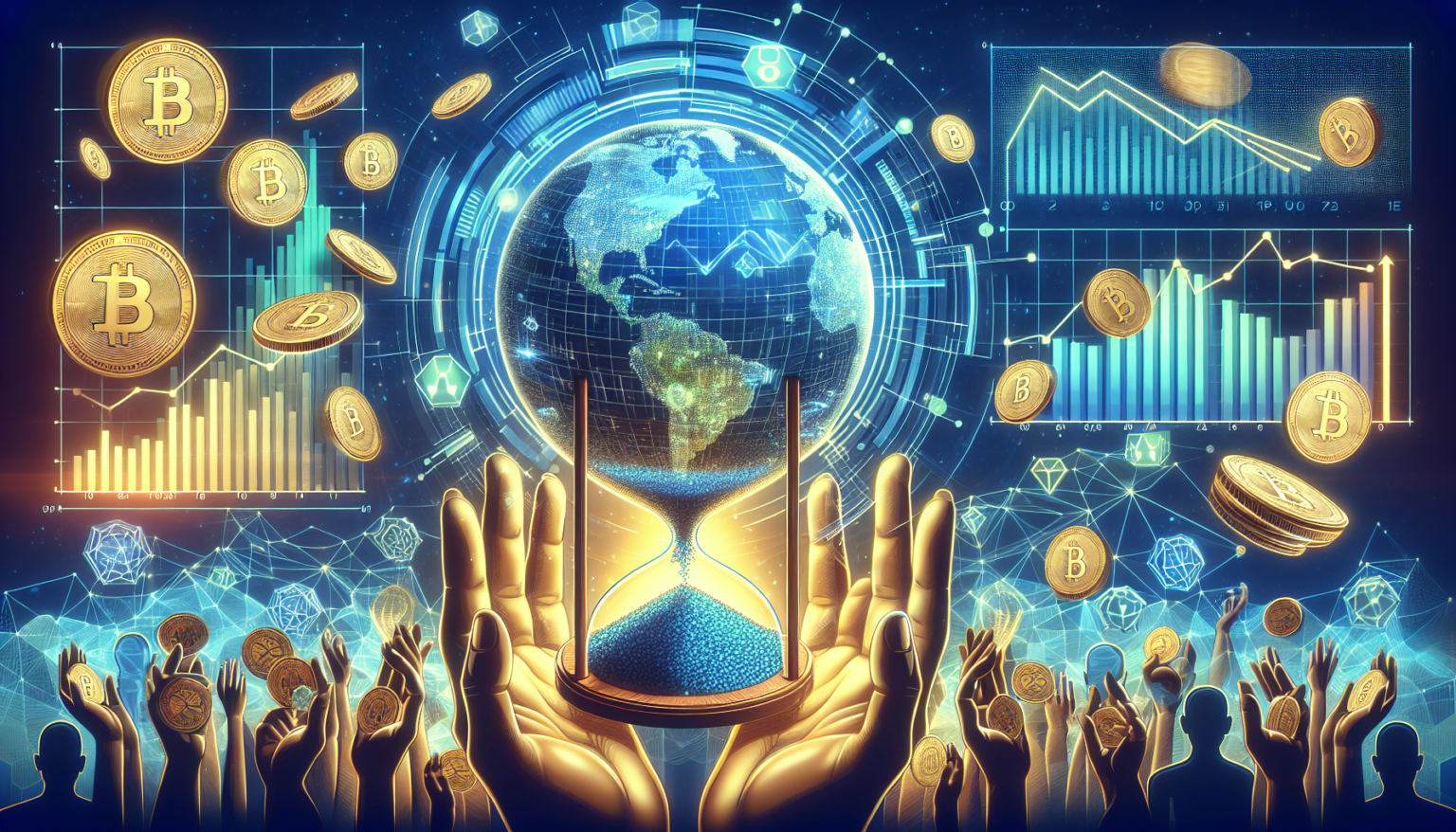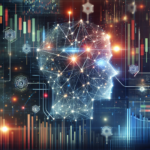Understanding RWA Tokenization
Defining Real-World Assets
Real-World Assets (RWA) refer to tangible assets that hold intrinsic value in the physical world. These assets include real estate, commodities, art, and even financial instruments such as stocks and bonds. Traditionally, the ownership and transfer of RWAs have been fraught with inefficiencies and complexities, often requiring intermediaries, lengthy processes, and high costs.
What is Tokenization?
Tokenization is the process of converting rights to an asset into a digital token on a blockchain. This blockchain technology allows for secure, transparent, and efficient transactions. When RWAs are tokenized, they can be divided into smaller, tradable units, making it easier for multiple investors to own fractions of a single asset.
The Mechanics of RWA Tokenization
When an asset is tokenized, a digital representation of that asset, or token, is created on a blockchain. Each token corresponds to a specific value of the asset, often represented as a fraction of ownership. By utilizing smart contracts, the ownership rights and the terms of transaction can be automated, greatly reducing the need for traditional paperwork and third-party intermediaries.
The Benefits of Tokenizing RWAs
Increased Liquidity
One of the most significant advantages of tokenization is liquidity. Traditional RWAs can be challenging to sell quickly due to market constraints and the necessity of finding suitable buyers. Tokenization allows for a 24/7 marketplace where investors can buy and sell tokens representing their ownership in real estate, art, or other assets at any time.
Lower Barriers to Entry
Tokenization enables fractional ownership of assets, allowing smaller investors to participate in markets that were previously accessible only to high-net-worth individuals. This democratization of investment can lead to greater financial inclusion, as more people can own a piece of valuable assets without needing substantial capital.
Enhanced Transparency and Security
Blockchain technology provides an immutable record of ownership and transaction history, enhancing transparency in asset management. Investors can verify the authenticity and ownership of the RWAs through the blockchain, reducing the risk of fraud and unauthorized transactions.
Streamlined Transactions
Traditional asset transactions often involve several intermediaries, leading to delays and increased costs. With tokenization, smart contracts automatically execute transactions when predetermined conditions are met, significantly speeding up the process.
Real-World Examples of RWA Tokenization
Real Estate
The real estate sector has been one of the pioneers in adopting RWA tokenization. Platforms like RealT allow investors to buy tokens that represent fractional ownership in rental properties. This allows investors to earn rental income and capital appreciation without the burdens of direct property management.
Art and Collectibles
Tokenization has also made its way into the art world. Companies like Myco allow artwork to be tokenized, enabling art lovers to invest in pieces with a smaller financial commitment. This has the potential to revolutionize the art market by making high-value artworks more accessible to a broader audience, while also supporting artists with immediate liquidity.
Commodities
Commodities such as gold and silver are becoming increasingly accessible through tokenization. Platforms like Paxos Trust allow users to purchase tokenized versions of precious metals. This provides a way to invest in commodities without the complexities of physical storage and insurance.
Financial Instruments
Traditional securities can be tokenized as well, offering a new way to invest in stocks and bonds. Security tokens can grant ownership rights while also ensuring compliance with regulatory frameworks, enabling a new class of investments that meet the standards for institutional investors.
Regulatory Challenges and Solutions
Current Regulatory Landscape
Tokenizing RWAs raises questions of regulatory compliance. Governments around the world are still catching up to the realities of blockchain technology and digital currencies. The lack of cohesive regulations can create uncertainty for businesses seeking to launch tokenized assets.
Proactive Approaches to Compliance
Issuers of tokenized RWAs must engage proactively with regulators to ensure compliance with existing laws. This can involve working with legal experts to create frameworks that meet both local and international regulations. By establishing best practices, companies can create a safer environment for investors and stakeholders alike.
Collaboration with Regulatory Bodies
Establishing dialogue with regulatory bodies can lead to the development of more structured and supportive regulations for tokenization. By working together, tech companies, financial institutions, and regulators can pave the way for a thriving market, ensuring innovation while safeguarding consumer interests.
The Role of Technology in RWA Tokenization
Blockchain Infrastructure
The technology behind tokenization is rooted in blockchain development. Platforms such as Ethereum enable decentralized applications that facilitate token issuance and trading. Ensuring that the underlying technology is robust is essential for the success of tokenized RWAs.
Smart Contracts
Smart contracts are vital for automating processes in a tokenized ecosystem. By embedding business rules directly into contracts on the blockchain, companies can restructure workflows, reducing manual intervention and increasing efficiency.
Decentralized Finance (DeFi) Integration
The integration of tokenized RWAs with decentralized finance (DeFi) applications opens up new avenues for financial innovation. This intersection enables users to leverage their tokenized assets for lending, borrowing, and yield farming, further enhancing liquidity and return on investments.
Future Prospects of RWA Tokenization
Expanding Asset Classes
As awareness and infrastructure for tokenization grow, we can expect to see an expansion in the types of assets that get tokenized. From intellectual property to future earnings and even carbon credits, innovation in RWA tokenization could change various sectors entirely.
Integration with Emerging Technologies
Emerging technologies like artificial intelligence and the Internet of Things could further complement tokenization. For example, smart contracts could be enhanced with AI analytics to provide insights into investment trends or optimize pricing models.
Global Market Impact
The full-scale implementation of RWA tokenization has the potential to create a more interconnected global market. By allowing increased access to investments worldwide, it fosters greater economic collaboration and stimulates growth across different geographies.
In conclusion, the potential of RWA tokenization not only addresses inefficiencies inherent in traditional asset management but also opens doors for greater participation in global markets. As technology continues to evolve, it will be interesting to see how tokenized RWAs reshape the financial landscape and impact our approach to investing in the future.








